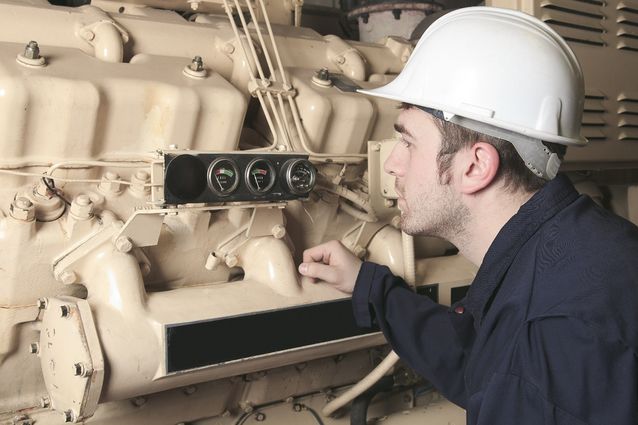
Our society needs methane, and there is no way to stop using it. This is the lesson we have learned now that most European countries have done their best to find ways to reduce the use of Russian natural gas. However, we need to learn to use methane better. For example, we have to get more effective in preventing methane leaks. This is important for the economy and even more critical for the environment.
The war in Ukraine has shown us how vital methane, the main component of natural gas, is for our society. We must learn to use and produce methane more carefully.
It is both possible and very sensible to reduce the use of natural gas and all other fossil fuels for heating buildings, for example, by improving the insulation of buildings. However, the industry continues to need methane as a crucial raw material in the future. Methane is used to make medicines, fertilisers, plastic pipes for buildings and even car parts. We need to secure the supply of methane to the industry for the future – and we need to make it properly.
Methane can be obtained from sources other than natural gas. Methane is a key component of biogas, just as it is in natural gas. In addition, methane can be obtained from industrial side streams. Biogas production is now being increased rapidly for a very good reason: it is absurd to release a valuable raw material into the atmosphere from landfills and agriculture, for example. Industry, too, is now looking more closely at using its side streams.
It is also essential now to tackle rising methane emissions. When valuable raw material escapes into the atmosphere, it does not only lead to a loss of money. Worse, it contributes to the climate change. Even though carbon dioxide (CO2) is our biggest problem, methane (CH₄) would appear to be the silver medallist in the competition for the worst greenhouse gas. Methane is responsible for a third of current warming from human activities. Although CO2 sticks around for longer than CH₄, individual methane molecules have a more powerful warming effect on the atmosphere than single CO2 molecules.[1] A potent greenhouse gas, methane is 28 to 36 times more effective than CO2 at trapping heat in the atmosphere over 100 years.[2]
For the second year in a row, NOAA scientists have observed a record annual increase in atmospheric levels of methane, a potent, heat-trapping greenhouse gas that's the second biggest contributor to human-caused global warming after carbon dioxide. Scientists estimate that fossil fuel production and use contribute roughly 30% of methane emissions.[3]
As I already mentioned, methane, per se, is not a "bad" gas. On the contrary, it is an excellent energy source and a fantastic raw material for the chemical industry. On top of this, methane can play a vital role in the hydrogen revolution as an energy carrier. You have to keep the emissions away from the atmosphere and use methane wisely; you must ensure that no methane can escape the combustion process and reach the atmosphere. This article discusses how to avoid such emissions.
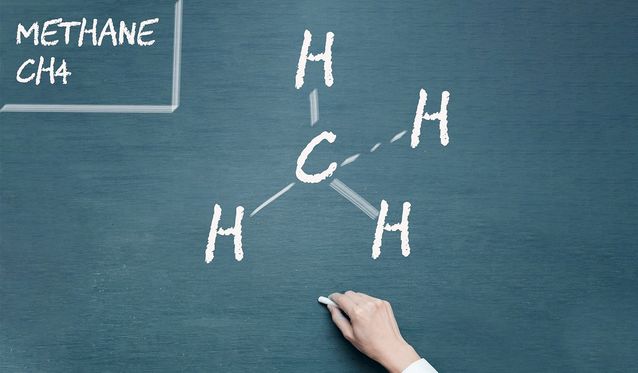
Methane leaks can be prevented
We must target methane leaking from oil and gas rigs around the world. For instance, the oil and gas industry is the largest industrial source of methane emissions in the US, responsible for approximately 30% of the nation's total methane emissions.[4] Globally, satellites have detected more than 800 methane leaks from leaky fossil fuel energy infrastructure in the last four years. Researchers behind the work found that more than two-thirds of those leaks are recurring, suggesting that they could be eliminated through improved infrastructure maintenance.[5]
To reduce methane emissions in the energy sector, we need international collaboration. There must be an obligation to improve the reporting and repairing of leaks in gas infrastructure. We need international agreements to prohibit routine flaring and venting practices. We especially need to pressure countries like Turkmenistan, which don't care about their emissions.[6] Steps presented in the EU methane strategy are warmly welcomed.[7]
Other leading methane sources also require our attention. In Europe, agriculture is the largest source of methane emissions, followed by waste sources (like landfills) and then fossil fuels, according to the UN Environment Programme and the Climate & Clean Air Coalition (CCAC) report.[8] Luckily, we are seeing more and more projects that use these gases as a source of energy – for generating low-carbon energy, and biogas is simply too great an opportunity to miss.
Stop methane slip
However, there is yet another severe problem that is often overlooked in the methane debate, partly because there hasn't been enough research and standardisation in the field. That problem is methane slip.
Last year, a report from the International Maritime Organization (IMO) revealed that global shipping emissions increased nearly 10 per cent from 2012 to 2018, with the industry facing a growing challenge concerning methane slip.[9] In a working paper of the International Council on Clean Transportation, researchers even claimed that, due to methane slip, there is no climate benefit from using liquid natural gas (LNG), regardless of the engine technology.[10]
Methane slip differs from other emissions in that it results directly from the engine's performance. Methane slip occurs when gas is emitted unburned from the engine due to incomplete combustion or leakage through piston rings.[11] The problem is particularly severe in older combustion engines that evenly mix fuel in the gas. The issue also exists to some degree in direct injection engines where the fuel is injected directly into the centre of the combustion chamber.
Combustion engines that use natural gas as a fuel are generally designed to have at least 98% combustion efficiency; that means at least 98% of the gas will be burned. It may sound good at first, but it still means that up to 2% of methane is released as unburned gas. When you use a significant amount of natural gas as a fuel, methane slip can become a substantial source of emissions.[12]
The maritime industry was the first to recognise the problem because several players had big plans to start using liquefied natural gas (LNG) as a fuel. However, the problem persists wherever natural gas is used in combustion engines.
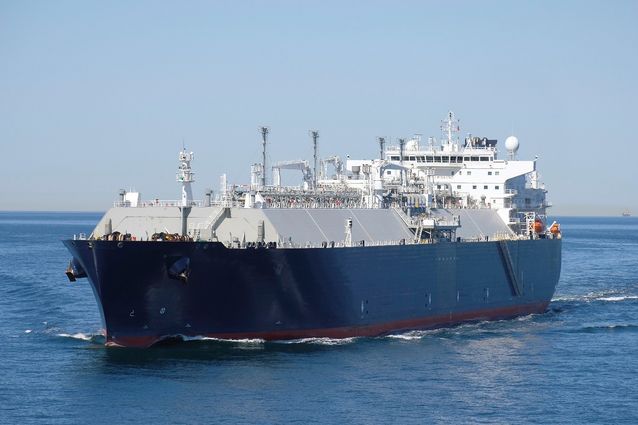
Use turbines and electricity whenever you can
First of all, keep an accurate inventory of where natural gas is used as fuel.
One way to solve the problem is to use turbines instead of reciprocating engines wherever you can. Gas turbines are based on continuous combustion, which significantly reduces emissions.
Gas turbines are already the favourite choice of several industries. For instance, gas turbine–generator combinations generate a significant portion of the world's electricity today. However, some uses require other kinds of solutions. For example, gas turbines are to be used at a certain speed, and changes in gas turbine speed are always preceded by a delay of several seconds. Such a delay may not be feasible in some applications, such as automobiles, which use combustion engines and several other key reasons. In cars and other uses that require rapid speed changes, electricity may be the best way to achieve performance while avoiding methane slip.
Make processes more efficient
If you cannot avoid using combustion engines when using natural gas as a fuel, making processes more efficient reduces the amount of energy used. Improving the efficiency of combustion engines saves the climate and your money. Remember to track your progress in reducing fuel use as well.
You should also pay attention to engine types because some are better than others at controlling methane slip. Two-stroke cycle diesel engines and gas turbines produce far less slip than Otto cycle four-stroke engines. Let's give credit to the recent years of engineers and other product developers, as well: several new engine models are far better in remediating undesired leakage. For instance, I warmly congratulate Wärtsilä for cutting methane slip from its dual-fuel engines by 85% since 1993.[13]
All in all, if we must use combustion engines, they should always be direct injection engines with catalytic converters. We should never let aged, fully replaceable technology harm our planet.
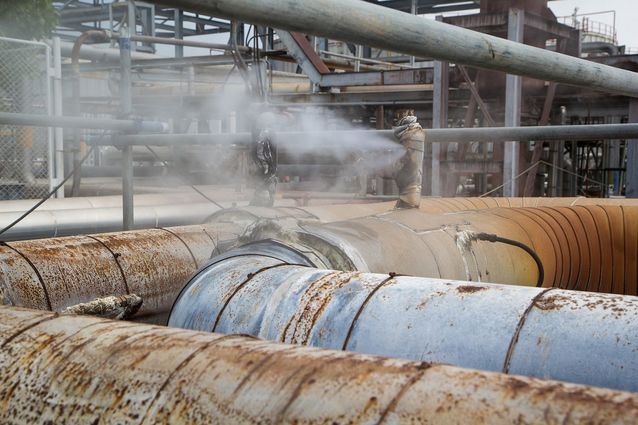
We need standards and proper measuring
We need proper global standards to measure methane slips for individual engine types and, of course, adequate measuring and reporting of methane emissions executed according to those standards.
In recent years – and especially in recent months – I have noticed that companies and their investors and clients are growing more aware of the importance of sustainability in energy production. When a company is making significant investment decisions, it needs good and reliable information about the methane emissions of available solutions. Those can be available only when we have international standards for measuring and quantifying methane slips and a global system to mandate and enforce the measurement, reporting, and verification of methane emissions. If the international approach takes too long to develop, we need to start from regional ones. The EU's methane strategy is a good starting point.
Furthermore, we need international regulation of methane leaks – particularly regulation to address methane slip, which is presently non-existent. When we know that none can benefit from choosing unsustainable decisions, we create a fertile environment for fast, sustainable investment decisions on a large scale. Our planet needs it.
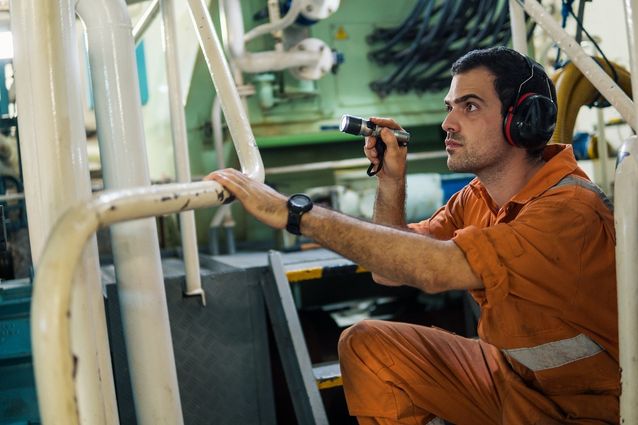
[1] https://www.wartsila.com/insights/article/mind-the-methane-gap
[2] https://www.whitehouse.gov/briefing-room/statements-releases/2021/11/02/fact-sheet-president-biden-tackles-methane-emissions-spurs-innovations-and-supports-sustainable-agriculture-to-build-a-clean-energy-economy-and-create-jobs/
[3] https://www.newscientist.com/article/2296673-satellites-find-close-to-800-methane-leaks-in-past-four-years/
[4] https://www.rferl.org/a/turkmenistan-methane-glasgow-berdymukhammedov/31551851.html
[5] https://www.ccacoalition.org/en/news/european-commission-adopts-eu-methane-strategy-part-european-green-deal
[6] https://www.euractiv.com/section/climate-environment/news/un-methane-report-ups-pressure-on-eu-to-tackle-the-planet-warming-gas/
[7] https://www.professionalmariner.com/imo-emissions-report-raises-new-concerns-about-methane-slip/
[8] https://theicct.org/publications/climate-impacts-LNG-marine-fuel-2020
[9] https://info.lr.org/methane-slip
[10] https://methaneguidingprinciples.org/best-practice-guides/energy-use/
[11] https://www.bbc.com/news/world-us-canada-59131282
[12] https://www.ipcc.ch/report/ar5/syr/
[13] https://www.noaa.gov/news-release/increase-in-atmospheric-methane-set-another-record-during-2021
